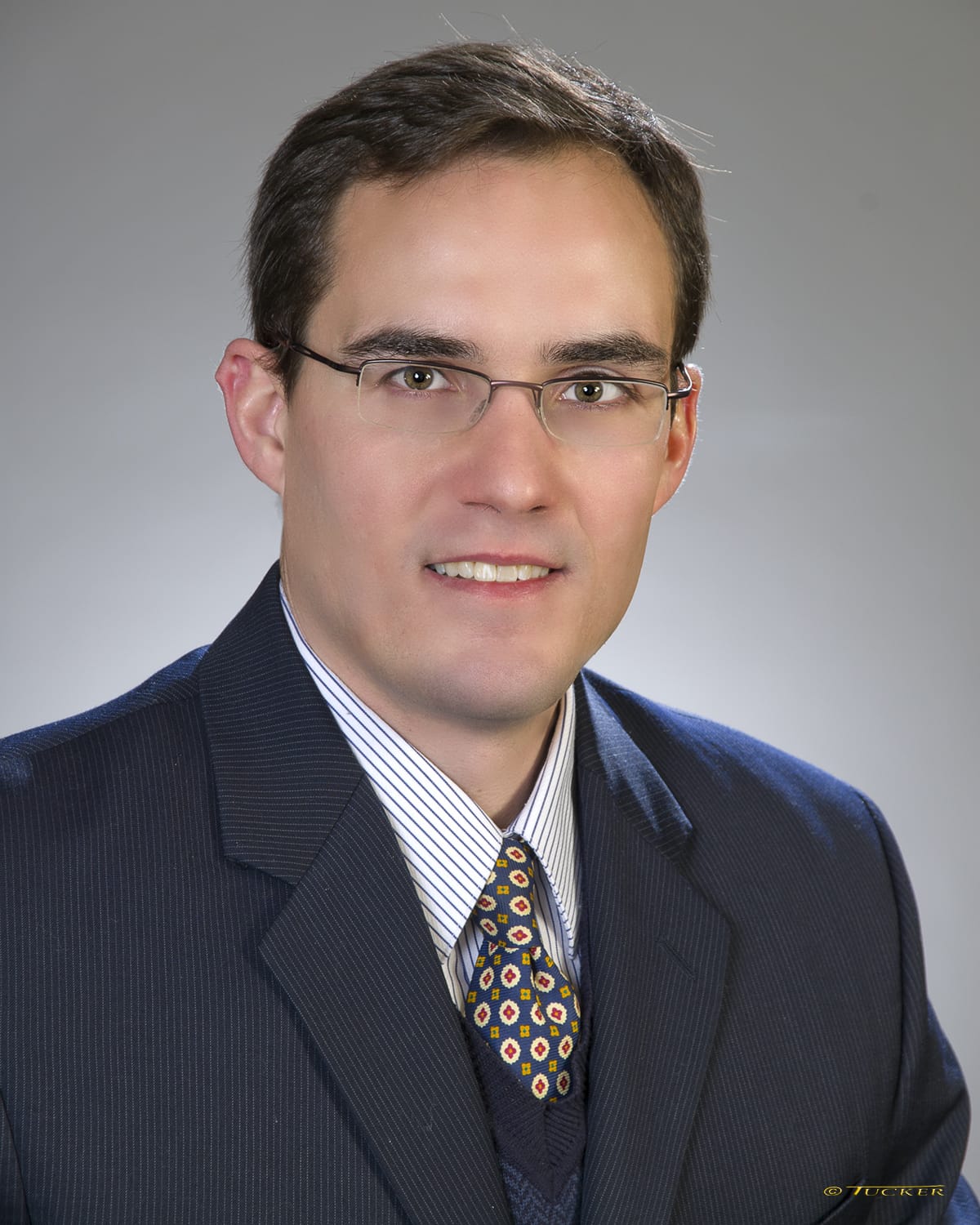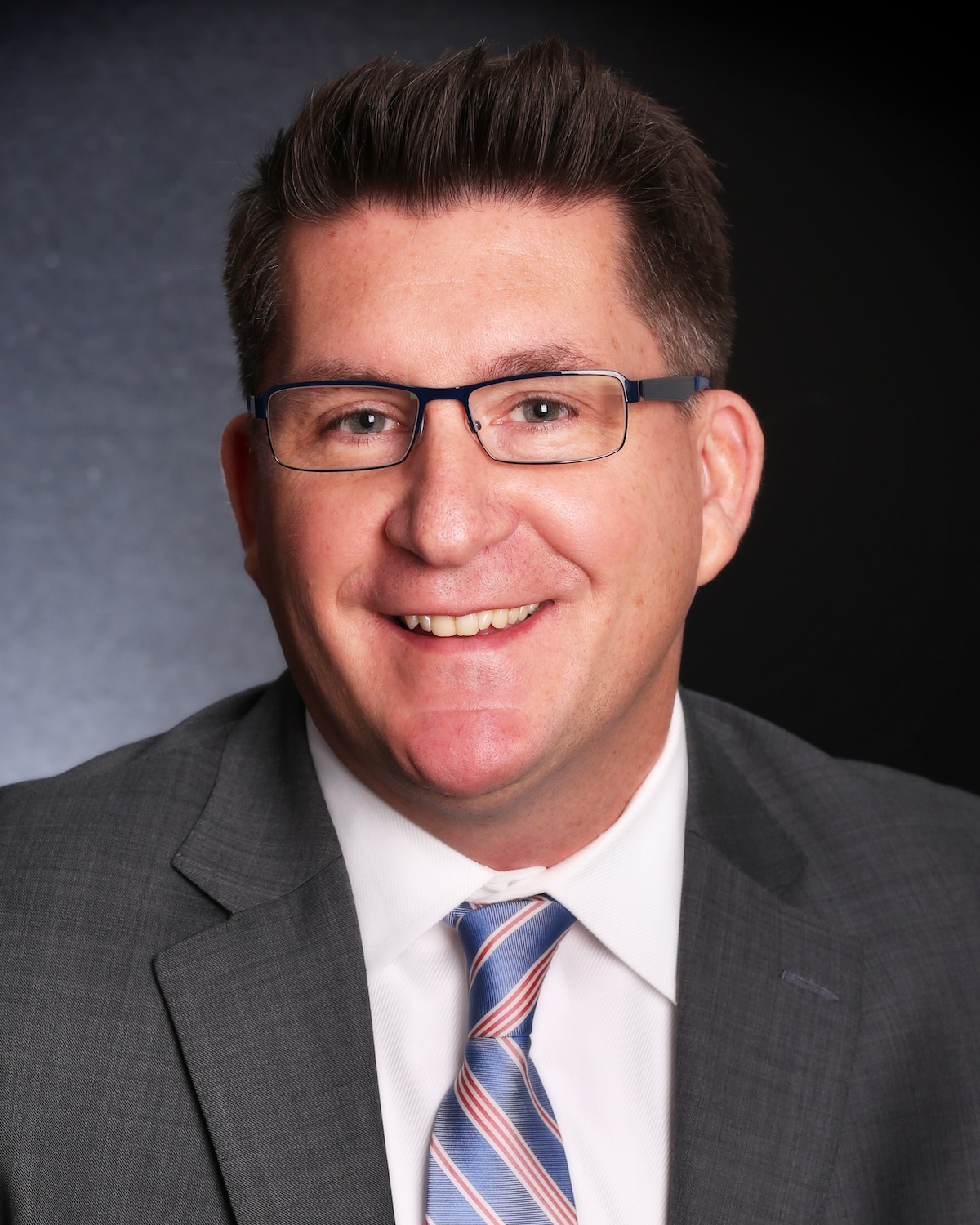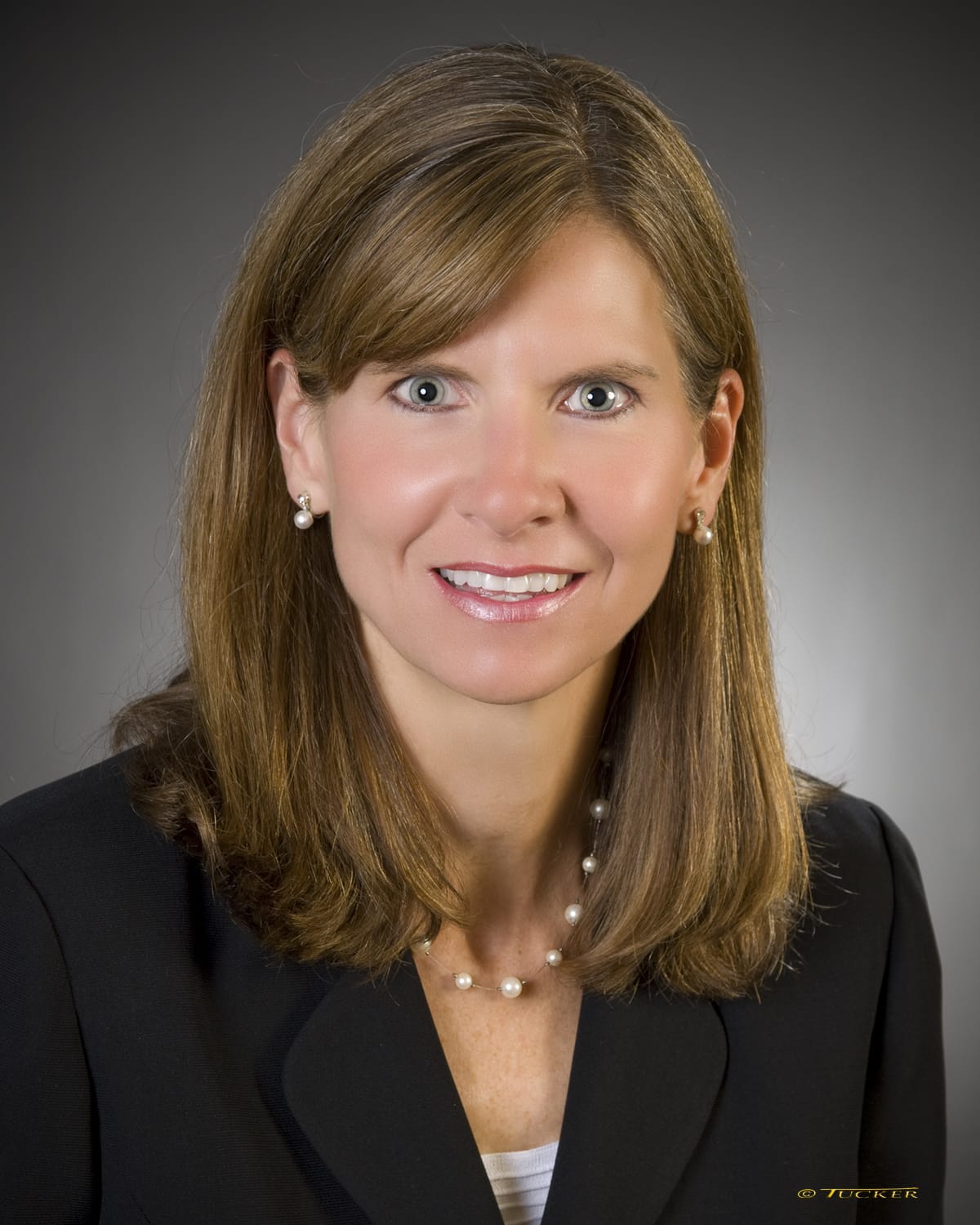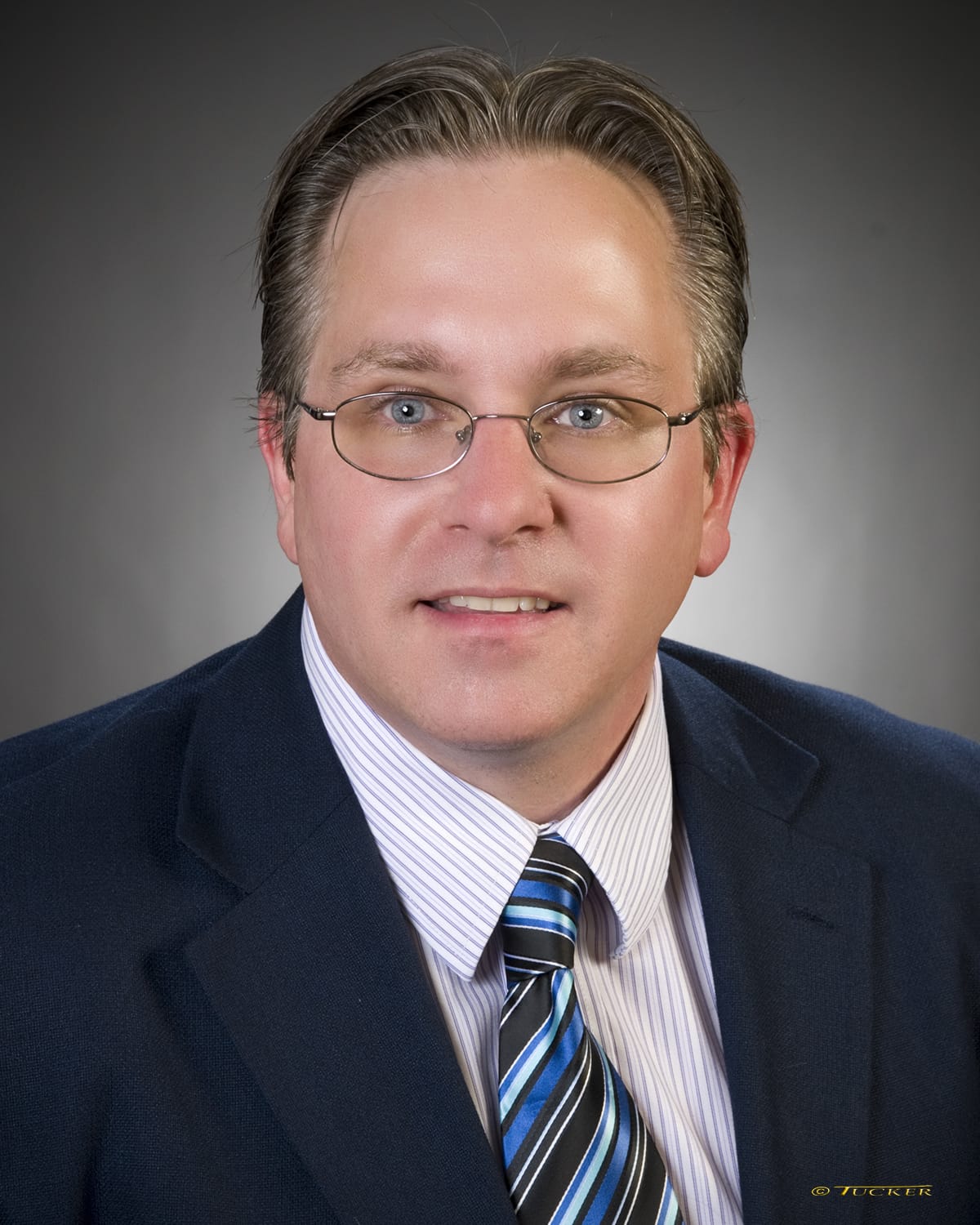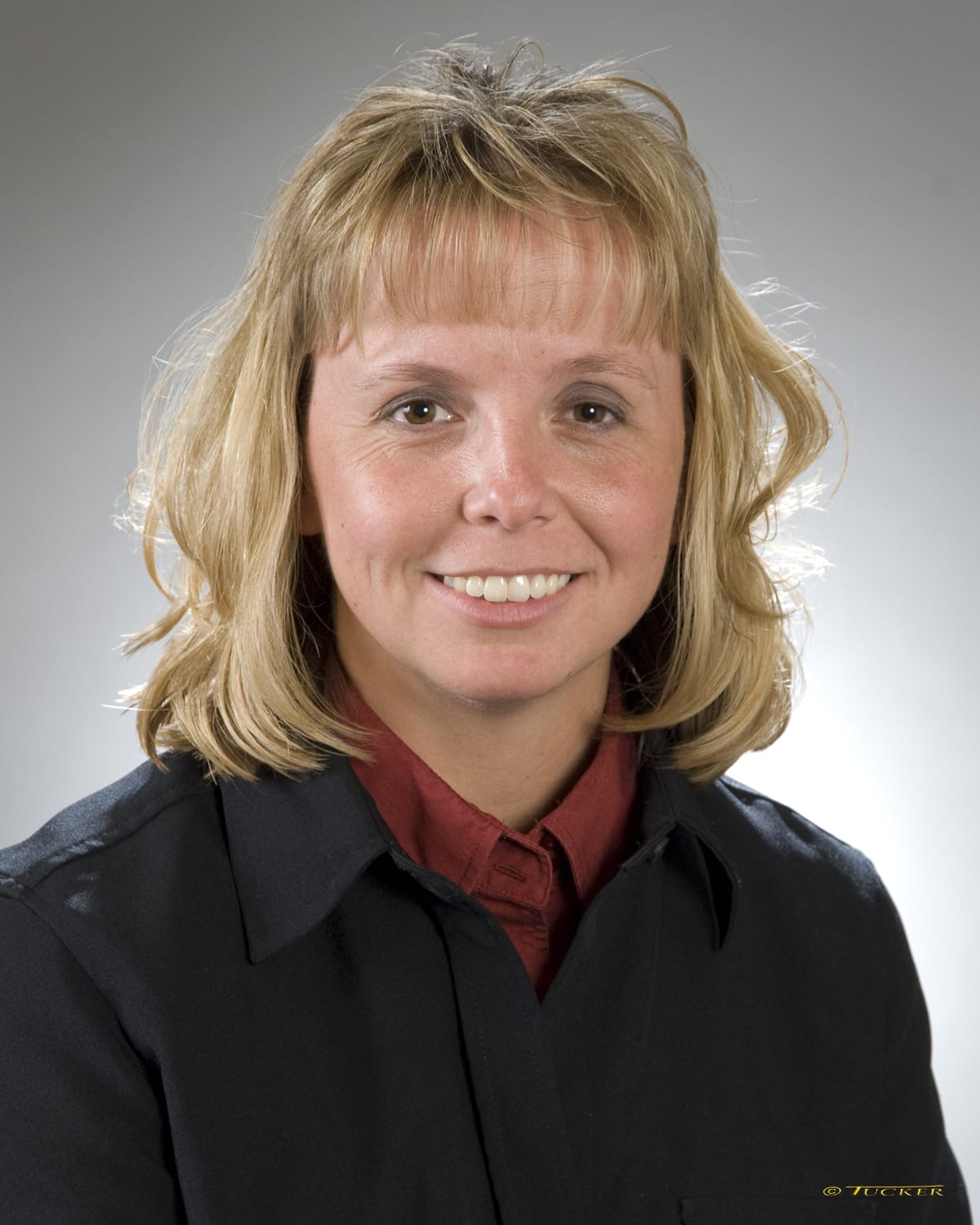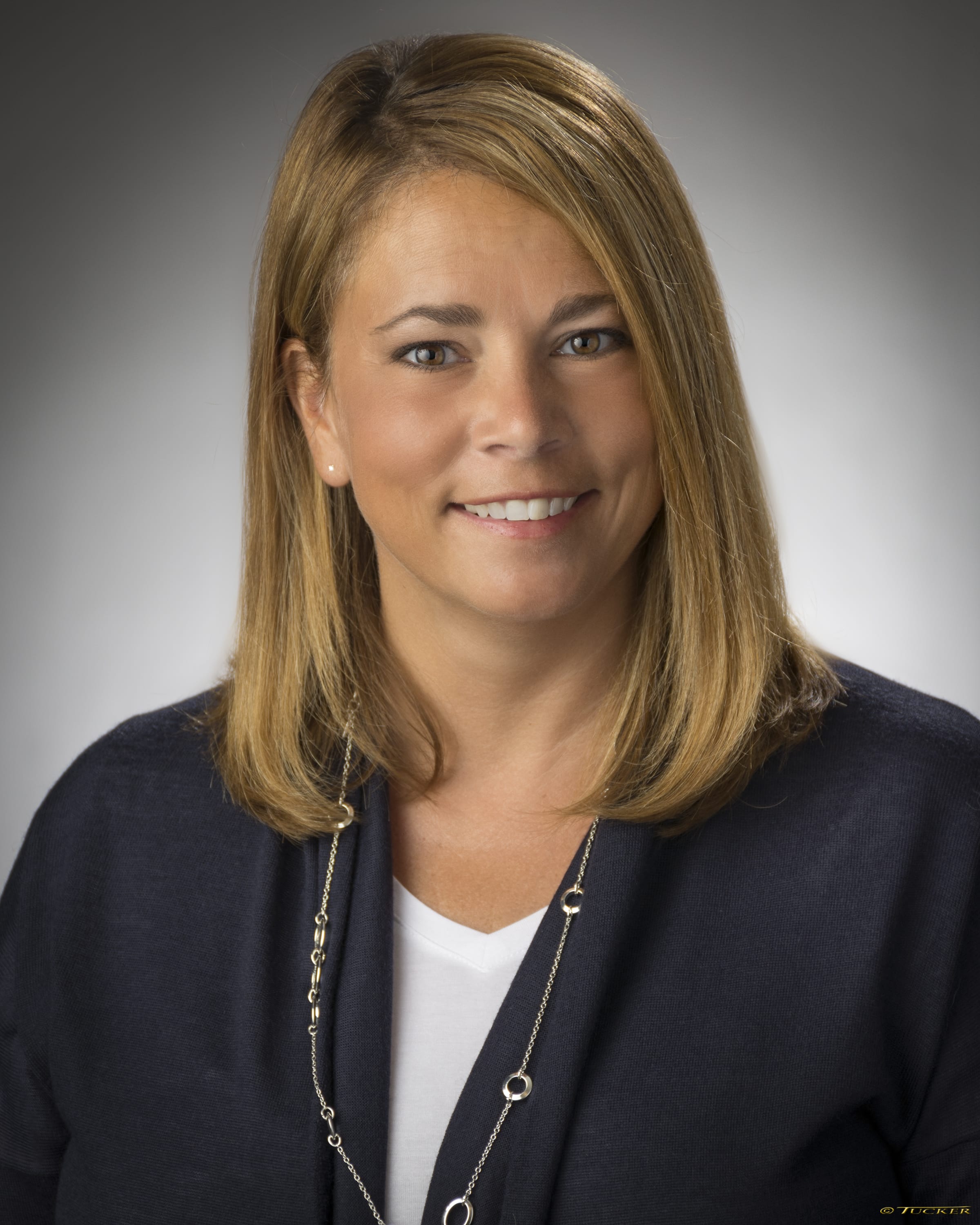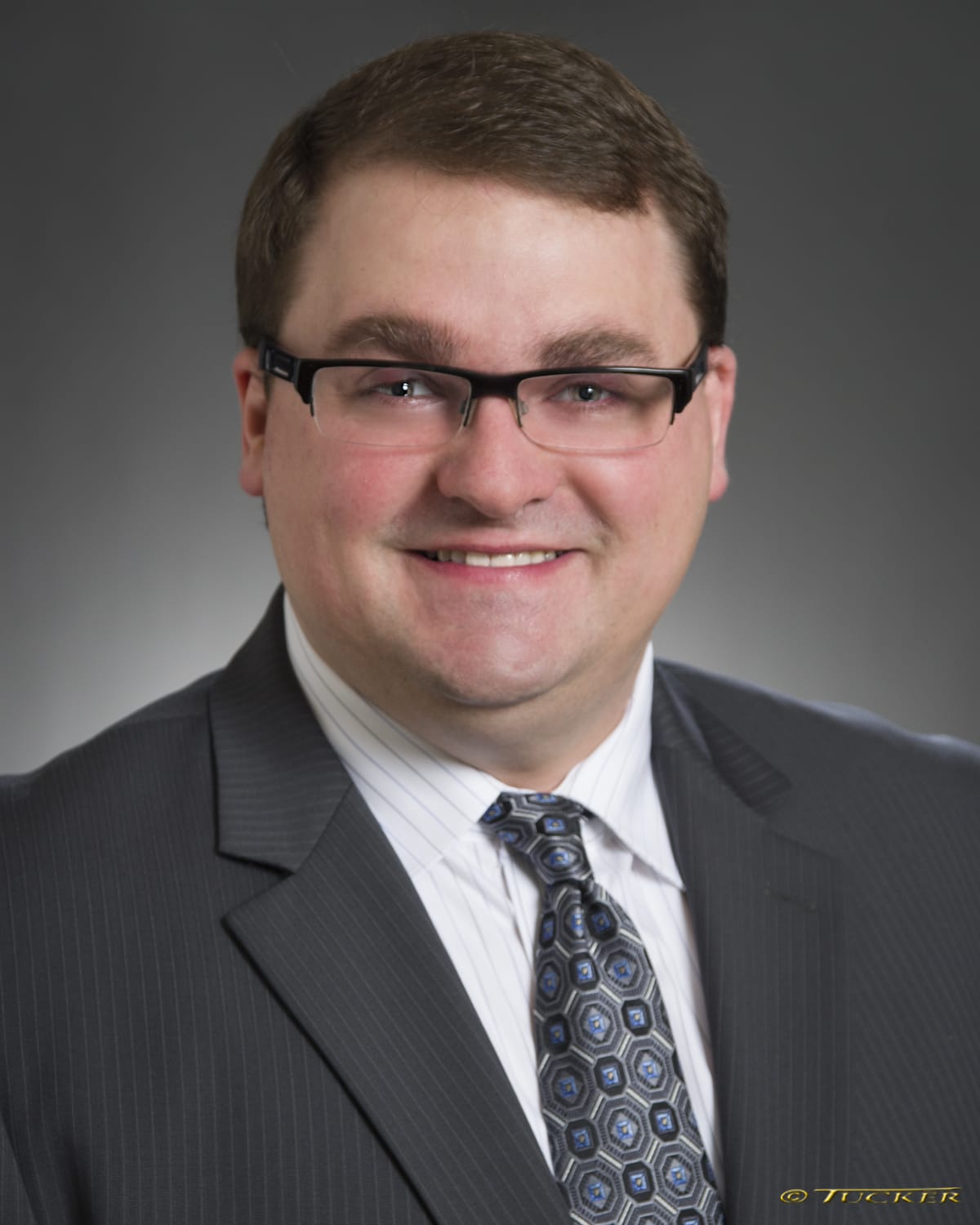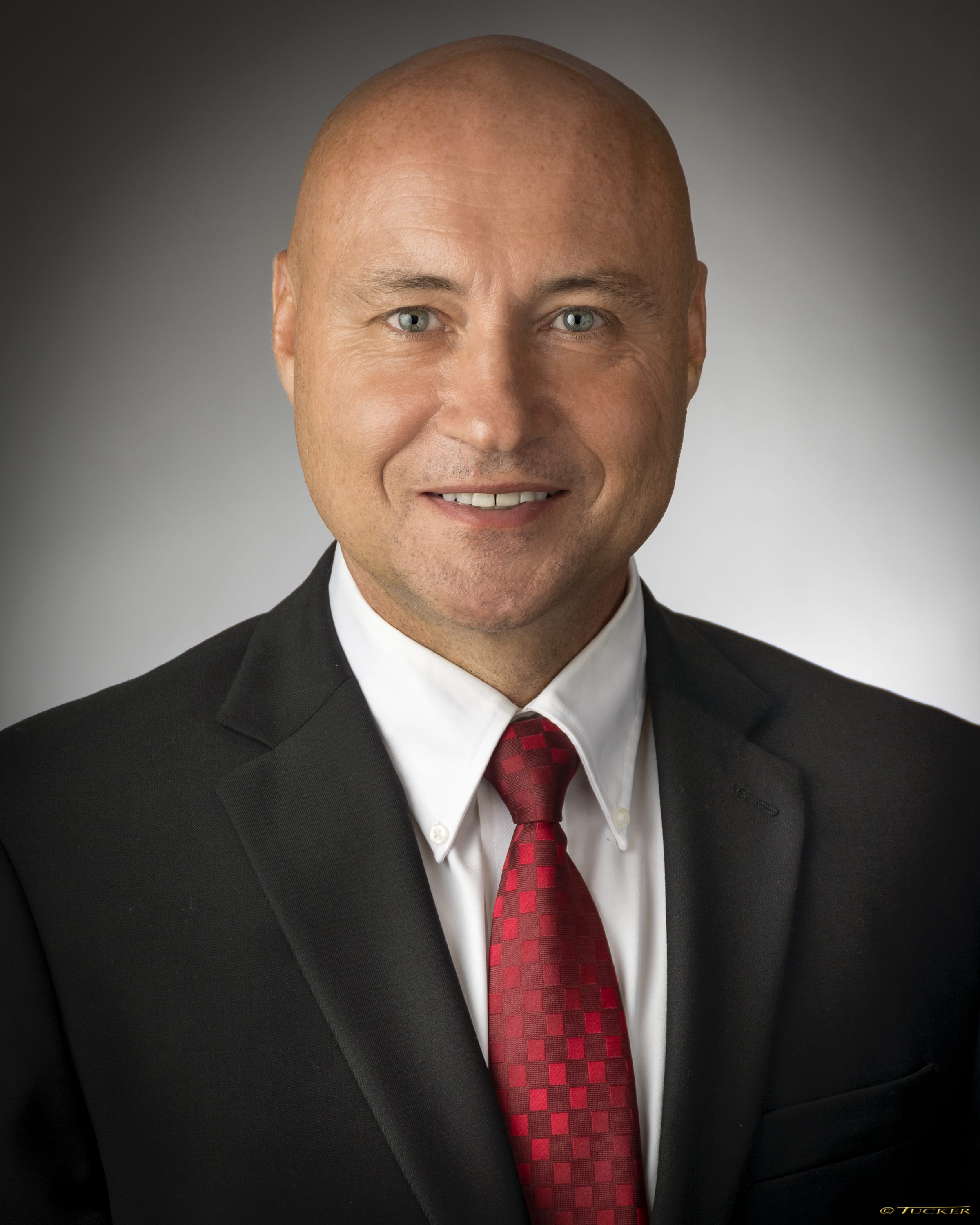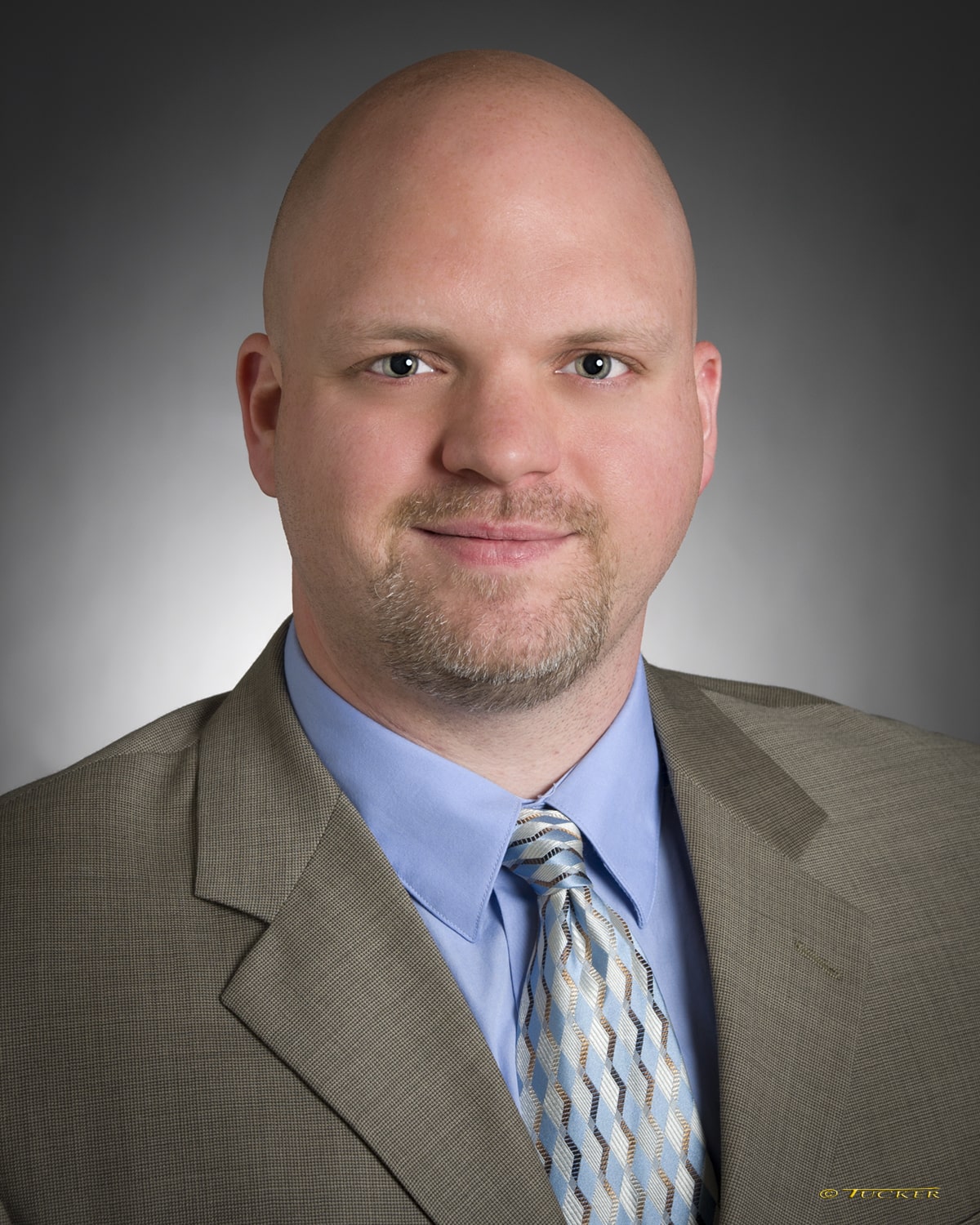Building the Best Business Ecosystem
Editorial
April 28, 2017
Integrated technologies are the key to effective field services.
Business ecosystems originated in the early 1990s as a strategic planning concept that describes a network of organizations – suppliers, distributors, customers, competitors, government agencies, etc. – involved in the distribution of a product or service. Each business in the “ecosystem” affects and is affected by the others, creating a constantly evolving relationship in which each business must adapt to survive.
According to Wikipedia, James T. Moore, the pioneer of business ecology, defines it as “an economic community supported by a foundation of interacting organizations and individuals – the organisms of the business world. The economic community produces goods and services of value to customers, who are themselves members of the ecosystem. The member organisms also include suppliers, lead producers, competitors and other stakeholders. Over time, they co-evolve their capabilities and roles and tend to align themselves with the directions set by one or more central companies. Those companies holding leadership roles may change over time, but the function of an ecosystem leader is valued by the community because it enables members to move toward shared visions to align their investments and to find mutually supportive roles.”
The mortgage servicing industry’s business ecosystem includes investors, mortgage servicers, field services companies and their contractor networks. These entities all must interact effectively and efficiently to ensure properties are preserved properly and neighborhoods are free of blight. To do so effectively, mortgage field services companies require their internal technology systems and those of their mortgage servicing clients and contractor networks to operate like a business ecosystem. Analytics, system integration and automation all play important roles in developing the most successful technological business ecosystem.
Data analytics has become a key success factor for servicers as they design compliance, risk mitigation and cost control strategies. Mortgage field services companies hold millions of points of data in their systems that can be beneficial in recognizing trends, such as how properties are moving through the convey process, which areas of the country are performing well in property preservation, and compliance or complaint issues in specific municipalities, to name a few. Field services companies are able to capture this data to proactively solve servicers’ problems. But this is only effective if the data is accurate and filtered through a controlled process. Field services companies can ensure the quality of the data by integrating their internal systems with the other entities in their ecosystem – specifically, their mortgage servicing clients.
In a typical workflow scenario, field services companies have their own internal set of systems – one for employees, one for clients and one for vendors. Each has to sign into its designated system to view property work orders and receive results. But integrating field services systems with client systems can reduce the time frame from order placement to final billing invoice and can provide more accurate results. This can be a near-real-time environment for “traditional” property assessments, rather than a batch file of results in a spreadsheet that needs to be reviewed by an employee.
The integrated system workflow begins when a work order is sent from a mortgage servicing client to a field services company. That order can be immediately assigned to an inspector or contractor in the field. That contractor completes the work and can feed results directly from the field on a mobile device to the back office for a quality control check. If something is identified as missing or inaccurate, the contractor can receive confirmation through his or her device and make adjustments or updates on-site.
Once the property assessment is considered accurate and is completed thoroughly, the finalized data is sent to the field services company. In a “traditional” work order scenario, one without any exceptions or discrepancies identified by the automated, integrated system, the information can be sent immediately to the mortgage servicing client, along with an invoice. System integration is key to this process and has reduced the time frame from order entry to completion from days to hours, or even sooner, in a traditional property assessment scenario.
Internally, field services companies set up business rules within the system to help streamline order assignments and identify exceptions or non-traditional work orders. These rules are based on service-level agreements with mortgage servicing clients or previously identified risks in property preservation. If an exception or discrepancy is identified, those order results are placed in a queue to be reviewed by a field services employee.
The integrated system helps field services companies focus more on exceptions by highlighting them in the workflow process. It streamlines the process for “traditional” orders to add more emphasis on exceptions. No longer do employees have to review all orders for errors or issues. Special attention is drawn to the exceptions through the automated workflow process developed into the system.
Automation is the most important element in an integrated business ecosystem. It ensures accuracy and quality of results by automatically evaluating all results, line by line. The business rules programmed into the system from order entry to billing make automation possible. They also allow the field servicers to set specific exceptions that need validation from an internal quality control associate. Examples include all four sides of the property being free of debris, a change in occupancy status or electricity being off when a sump pump is present. For the automation to be effective, the integrated systems must be able to handle real-time changes or updates for all business rules. The industry is continuously evolving, and regulations and legislation change often. The system must be able to adapt just as quickly and be easily configurable, even able to schedule changes in advance.
Mortgage servicing clients benefit from near-real-time information exchanges with field services employees and contractors, reduced time frames, and more accurate results when their systems are integrated with those of their field services partners. They can experience up to three times more efficiency operationally by integrating their systems that can be tailored to their individual portfolio needs.
Results are delivered more timely, and automation ensures a higher level of quality. The system integration does more to highlight exceptions rather than having to sort through all order data. Additionally, defined business rules are spelled out in one place. An added benefit for mortgage servicers is the ability to identify their own processing issues through the integration. They can build their own business rules to aid in identifying exceptions and streamlining traditional work orders. Auditing and billing are also completed more accurately, with the risk of error significantly decreased.
An important aspect of the mortgage servicing industry business ecosystem is designed to provide effective property preservation services to defaulted and vacant properties across the country. The idea is to protect servicers’ assets while eliminating blight in communities.
As the industry continues to change and evolve, field services companies have to be proactive in handling challenges and innovative in developing more streamlined processes. Technology is always at the forefront of innovation. From mobile devices changing the face of field services to integrating internal systems with the other entities in the ecosystem, mortgage servicing’s field services partners continue to identify ways to increase efficiency and quality in the property results they provide.
A fully automated and integrated workflow system helps build the best business ecosystem.
George Mehok is chief information officer for Safeguard Properties. He can be reached at george.mehok@safeguardproperties.com.
Source: Servicing Management (Building the Best Business Ecosystem [pdf])


